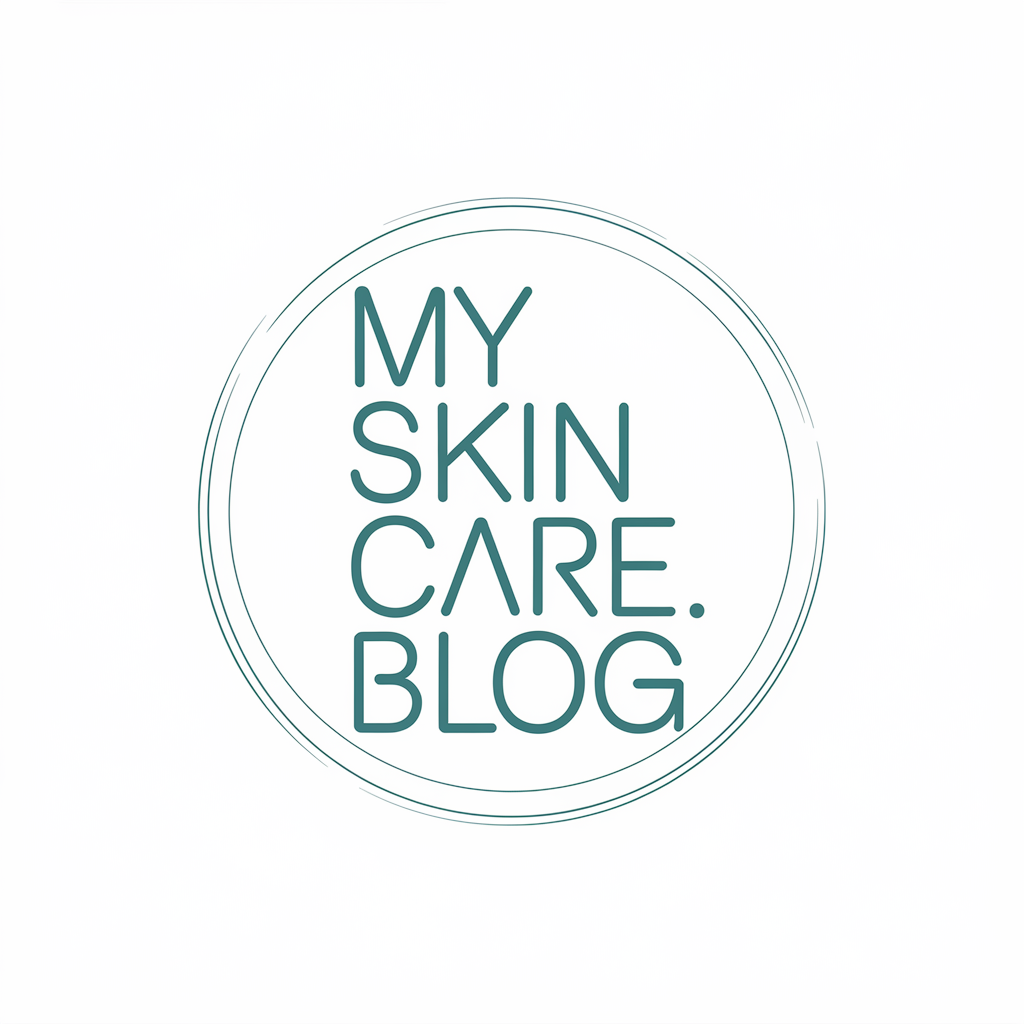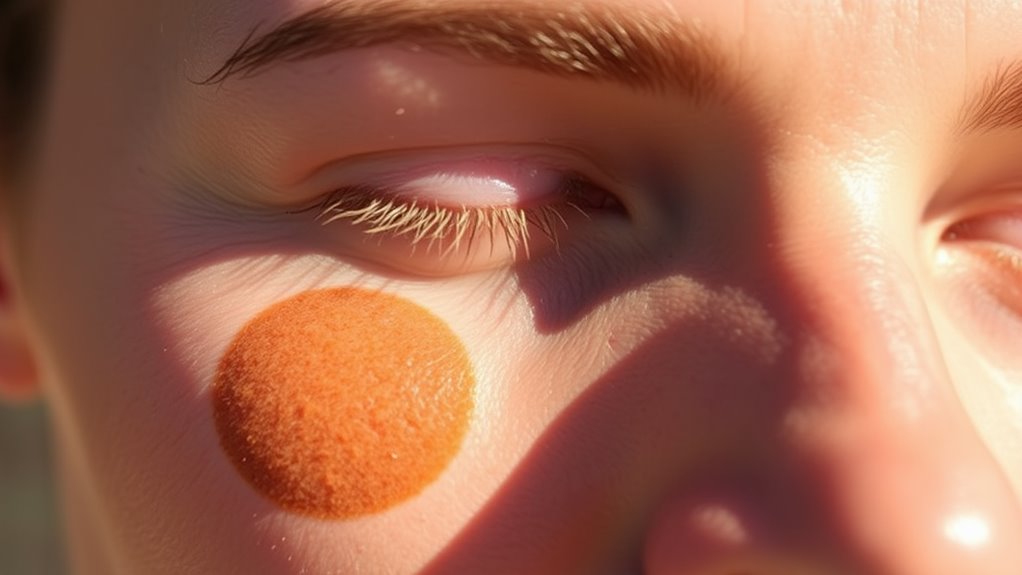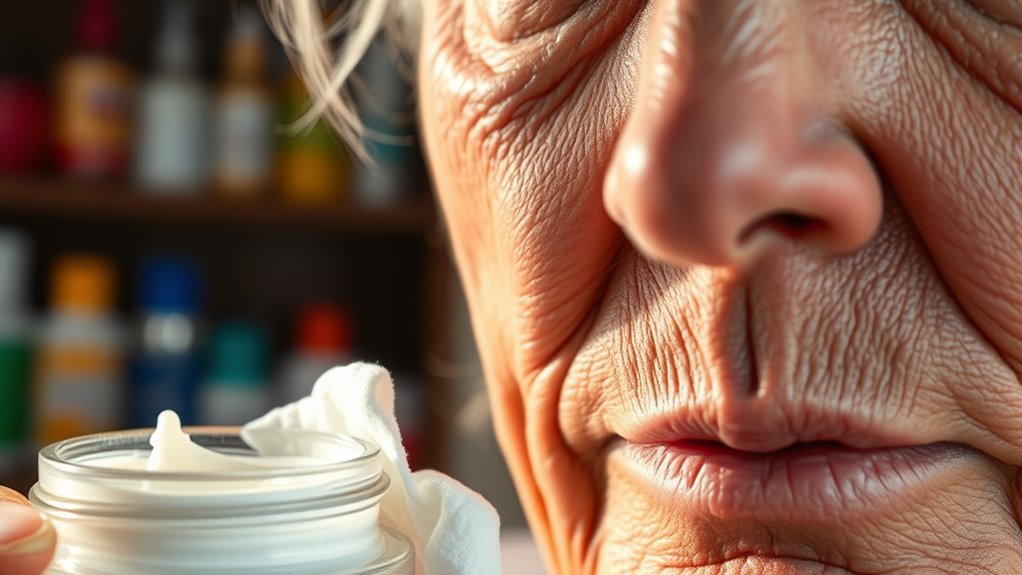Sun Spots or Melasma. Here’s How to Tell the Difference
Like a painter distinguishing between shades on a canvas, you must learn to identify sun spots and melasma on your skin. Each has distinct characteristics that can guide your understanding of their origins and implications for your health. While sun spots emerge from sun exposure, melasma often signals hormonal shifts. Recognizing these differences is essential for effective treatment. So, how can you tell which one you’re dealing with?
Key Takeaways
- Sun spots are small, flat, and uniform brown patches, while melasma consists of larger, irregular, and asymmetrical brown or grayish-brown patches.
- Sun spots typically appear on sun-exposed areas like the face and hands, whereas melasma mainly affects the cheeks, forehead, and upper lip.
- Sun spots result from prolonged UV exposure, while melasma is primarily triggered by hormonal changes and exacerbated by sun exposure.
- Sun spots usually have no alteration in skin texture, while melasma may be symmetric and can sometimes appear raised.
- Treatment options for sun spots include topical agents and sun protection, while melasma may require chemical peels or laser therapy for effective management.
Understanding Sun Spots
Have you ever noticed dark spots on your skin after spending time in the sun?
These are commonly known as sun spots, which result from prolonged UV exposure.
They’re typically flat, brown, or tan and can appear on areas like your face, hands, and shoulders.
Understanding sun spots is vital, as they indicate skin damage and may signal a need for sun protection.
A sun spots guide can help you identify their characteristics and differences from other skin conditions.
Regular skin examinations and protective measures can minimize their appearance, ensuring healthier skin in the long run. Additionally, effective solutions for treating hyperpigmentation can help reduce the visibility of these spots and improve overall skin tone.
Identifying Melasma
While sun spots are a response to UV exposure, melasma arises from a different set of factors.
To identify melasma, look for these key characteristics:
- Location: It often appears on the cheeks, forehead, and upper lip.
- Color: The patches are usually brown or grayish-brown in hue.
- Shape: Melasma spots are typically irregular and asymmetrical.
- Texture: Unlike sun spots, melasma doesn’t alter skin texture.
In addition to these features, melasma can be exacerbated by hormonal changes, making it essential to consider any recent shifts in your health or lifestyle. Recognizing these traits can help you distinguish melasma from other skin conditions, ensuring you seek appropriate treatment if needed.
Causes of Sun Spots and Melasma
Understanding the causes of sun spots and melasma is essential for effective prevention and treatment.
UV exposure plays a significant role in the development of sun spots, while hormonal changes often trigger melasma, especially in women. Additionally, genetic predisposition can increase your likelihood of developing both conditions, highlighting the importance of awareness and proactive care. Daily sunscreen application is crucial for preventing premature aging and minimizing the risk of both conditions.
UV Exposure Effects
How does UV exposure contribute to skin pigmentation issues like sun spots and melasma?
When your skin is exposed to UV rays, it triggers melanin production as a protective response.
However, excessive exposure can lead to uneven pigmentation, resulting in:
- Sun spots: Small, darkened patches primarily caused by direct sun exposure.
- Melasma: Larger, brownish areas often located on the cheeks and forehead.
- Skin damage: Increased risk of premature aging and texture changes.
- Inflammation: Heightened sensitivity that can exacerbate pigmentation issues.
Understanding these effects helps you take proactive steps in protecting your skin from UV damage.
Hormonal Changes Impact
UV exposure isn’t the only factor influencing skin pigmentation; hormonal changes also play a significant role in the development of sun spots and melasma.
Fluctuations in hormones—especially estrogen and progesterone—can trigger an overproduction of melanin in your skin. This is particularly common during pregnancy, menopause, or while taking hormonal contraceptives.
When these hormonal levels shift, you might notice dark patches forming, particularly on your face.
Understanding this connection helps you recognize that melasma isn’t solely a sun-related issue; it’s a complex interplay of hormonal influences that necessitates tailored treatment approaches for effective management.
Genetic Predisposition Factors
Genetic predisposition plays a crucial role in the development of both sun spots and melasma.
If you have a family history of these conditions, you might be more susceptible.
Here are some factors to keep in mind:
- Skin Type: Fair skin is often more prone to sun spots.
- Family History: A close relative with melasma increases your risk.
- Ethnicity: Individuals with darker skin tones are more likely to develop melasma.
- Age: Genetic factors can influence skin changes as you age.
Understanding these elements can help you identify your risk and take preventative measures effectively.
Key Differences Between Sun Spots and Melasma
When examining sun spots and melasma, you’ll notice distinct differences in their appearance, causes, and treatment options.
Sun spots typically present as small, darkened areas on sun-exposed skin, while melasma often manifests as larger, irregular patches, usually on the face. Understanding these key differences can help you choose the most effective approach for prevention and treatment. For instance, incorporating vitamin C into your skincare routine can be particularly beneficial for addressing hyperpigmentation.
Appearance Characteristics
Sun spots and melasma may both manifest as darkened areas on the skin, but their appearance characteristics reveal distinct differences.
- Sun Spots: Usually small, round, and well-defined, often appearing on sun-exposed areas like the face and hands.
- Melasma: Larger patches with irregular borders, typically symmetrical, often found on the forehead, cheeks, and upper lip.
- Color: Sun spots are generally light to dark brown, while melasma tends to be a mix of brown and grayish tones.
- Texture: Sun spots are flat, whereas melasma can feel slightly raised or textured, giving them a different tactile sensation.
Causes and Triggers
While both sun spots and melasma arise from skin exposure to UV radiation, their underlying causes and triggers differ greatly. Sun spots, or solar lentigines, are primarily caused by cumulative sun exposure over time. In contrast, melasma often results from hormonal changes, such as pregnancy or contraceptive use, alongside sun exposure.
| Factor | Sun Spots | Melasma |
|---|---|---|
| Cause | UV radiation | Hormonal changes |
| Trigger | Prolonged sun exposure | Sun exposure, stress |
| Population | Older individuals | Pregnant women, women on birth control |
Treatment Options Available
Understanding the differences in treatment options for sun spots and melasma is essential for effective management of these skin conditions.
Here are four key treatment approaches to evaluate:
- Topical Treatments: Hydroquinone and retinoids can lighten pigmentation.
- Chemical Peels: These exfoliate the skin, promoting cell turnover and reducing discoloration.
- Laser Therapy: Targeted lasers can selectively treat hyperpigmentation while sparing surrounding skin.
- Sun Protection: Daily broad-spectrum sunscreen prevents worsening of both conditions.
Choosing the right treatment depends on your skin type and the severity of the condition, so consult a dermatologist for personalized advice.
Treatment Options for Sun Spots
Treating sun spots effectively requires a combination of targeted approaches tailored to your skin type and the severity of the discoloration.
You might consider topical treatments containing hydroquinone, retinoids, or vitamin C, which can lighten spots.
Chemical peels and microdermabrasion are also options, as they exfoliate the skin and promote new cell turnover.
Laser therapy can provide more dramatic results by targeting pigmented areas without damaging surrounding skin.
Additionally, incorporating broad-spectrum sunscreen daily is essential in preventing further discoloration.
Always consult a dermatologist before starting any treatment to make sure it’s appropriate for your specific condition and skin type. Furthermore, natural remedies for hyperpigmentation can also be explored as a gentler alternative to more aggressive treatments.
Treatment Options for Melasma
Melasma can be challenging to treat, but various effective options exist to manage this skin condition.
You may consider the following treatments:
- Topical treatments: Creams with hydroquinone, tretinoin, or azelaic acid help lighten dark patches.
- Chemical peels: These procedures exfoliate the skin, promoting cell turnover and reducing pigmentation.
- Laser therapy: Targeted lasers can break down melanin, effectively diminishing discoloration.
- Sun protection: Daily application of broad-spectrum sunscreen prevents worsening of melasma.
Additionally, it’s crucial to understand that proper sunscreen application is vital in preventing further skin damage while treating melasma. Consulting a dermatologist can help you determine the best approach tailored to your specific needs, ensuring effective results in managing melasma.





